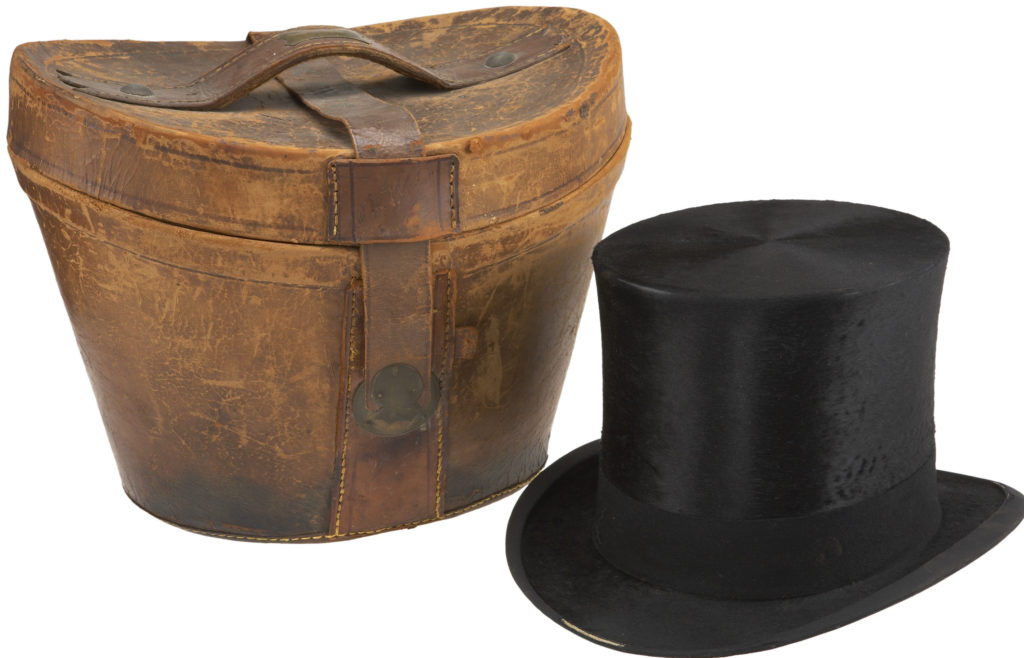
By Jim O’Neal
Exactly 115 years ago this week, on Sept. 14, 1901, the 25th president of the United States, William McKinley, died from an assassin’s bullet. He had been shot on Sept. 6 in Buffalo, N.Y., while attending the Pan-American Exposition.
As he stood shaking hands with a long line of well-wishers at the Temple of Music, a man approached with his right hand wrapped in a handkerchief. As McKinley extended his hand to the man, Leon Czolgosz, a Polish-American anarchist, he was shot twice by a concealed .32-caliber revolver. One bullet deflected off a suit button, but the other entered his stomach, passed through a kidney and lodged in his back.
When doctors operated, they were unable to locate the bullet and he died eight days later from the spread of gangrene throughout his body. It was eerily similar to the assassination of President James Garfield 20 years earlier. He had been shot on July 2, 1881, and did not die until Sept. 19. Again, his doctors were unable to locate the bullet and he suffered for over two months as they probed the wound with their unsanitary hands and instruments until they killed him.

Both men would have easily survived if they had the benefit of modern medicine. By the time of McKinley’s death, the X-ray had been invented and doctors in the Balkan war in 1897 were using it to “see inside patients’ bodies.” However, the possible side effects of radiation were not yet recognized.
William McKinley had entered politics following the Civil War and at age 34 was a member of the House of Representatives for 14 years before losing in 1890. He then served two terms as governor of Ohio and by 1896 was the leading Republican candidate for president. Aided by wealthy Ohio industrialist Mark Hanna, he easily defeated Democrat William Jennings Bryan by the largest margin since the Civil War.
During his first term, McKinley earned a reputation as a protectionist by advocating high tariffs to protect American business and labor from foreign imports. He was a staunch supporter of the gold standard to back up paper money. However, foreign policy became a major issue in April 1898 when the United States intervened in the Cuban struggle for independence from Spain. The Spanish-American War was over in a quick three months and Cuba became a U.S. protectorate. This was followed by the annexation of Puerto Rico, Guam and the Philippines.
Suddenly, the United States had become a colonialist power, with a big interest in Asia, especially China.
President McKinley’s popularity soared during these economic boom times, and despite charges of being an “imperialist,” his margin of victory over William Jennings Bryan was even greater in the 1900 presidential rematch. Theodore Roosevelt was selected as McKinley’s vice president – against Mark Hanna’s strong objections – and naturally became president after McKinley’s unfortunate death.
Teddy “The Rough Rider” Roosevelt, who had charged up San Juan Hill, would bring a new level of energy and spirit to the White House. All Mark Hanna could do was watch and grouse, “Now look! That damn cowboy is president!”
The nation seemed to do just fine.
 Intelligent Collector blogger JIM O’NEAL is an avid collector and history buff. He is President and CEO of Frito-Lay International [retired] and earlier served as Chairman and CEO of PepsiCo Restaurants International [KFC Pizza Hut and Taco Bell].
Intelligent Collector blogger JIM O’NEAL is an avid collector and history buff. He is President and CEO of Frito-Lay International [retired] and earlier served as Chairman and CEO of PepsiCo Restaurants International [KFC Pizza Hut and Taco Bell].
